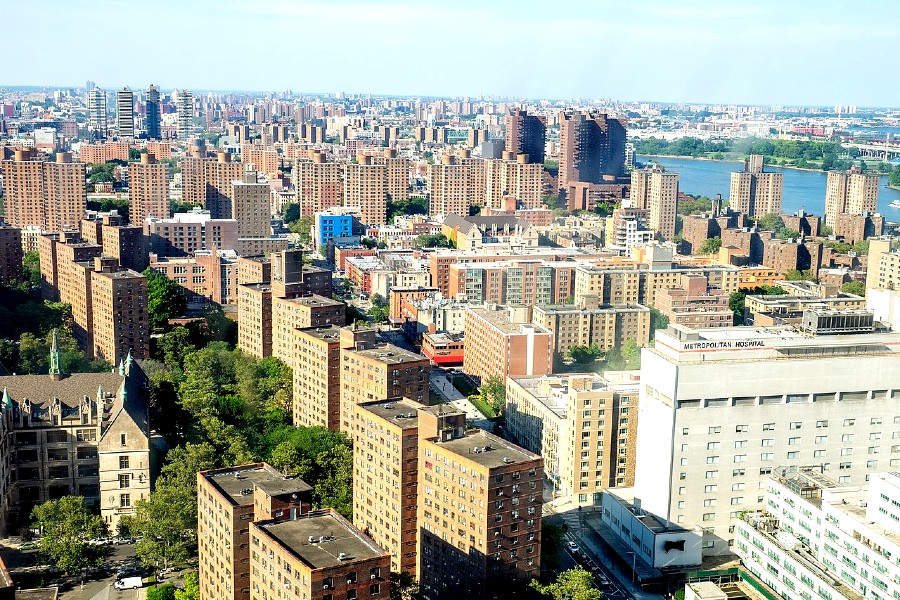 TakePart reports that the timing was terrible. In the run-up to the holiday season at the beginning of November 2013, across-the-board cuts hit all recipients of Supplemental Nutrition Assistance Program benefits.
TakePart reports that the timing was terrible. In the run-up to the holiday season at the beginning of November 2013, across-the-board cuts hit all recipients of Supplemental Nutrition Assistance Program benefits.
In New York City, home to 1.8 million people on food stamps, the reduction amounted to a loss, on average, of nearly $18 a month for more than a million households.
In New York City, home to 1.8 million people on food stamps, the reduction amounted to a loss, on average, of nearly $18 a month for more than a million households.
Two years later, the holidays are looking bare again for New Yorkers who receive nutrition assistance, and the 2013 cuts are likely to blame, according to a new report from the Food Bank for New York City, a nonprofit social services organization.
The Food Bank for New York City calculates that the 2013 decreases resulted in 5.3 million meals lost monthly in New York City alone—and 116 million meals in the last two years.
In a survey of nearly 300 food pantries and soup kitchens in the New York area, 90 percent reported increased demand for food this September compared with September 2013, just before the downsizing went into effect. Food banks are one of the primary resources those on SNAP or other government-assistance programs turn to when monthly benefits run out, and such increased demand suggests that now there just isn’t enough in “monthly” benefits to feed a family for four weeks. The Food Bank for New York City calculates that the 2013 decreases resulted in 5.3 million meals lost monthly in New York City alone—and 116 million meals in the last two years.
The report does allow that other issues, such as more New Yorkers turning to emergency food services, could be increasing demand, but the authors note that “the November 2013 SNAP cuts continue to represent the biggest systemic factor reducing the food purchasing power of low-income people.”
Before the 2013 cuts, 17 percent of pantries and soup kitchens reported staying open beyond business hours, but wage workers have increasingly relied on these benefits. Now, more than a quarter of hunger charities are extending hours to meet demand, an increase of seven points since September 2014 and a 10-point increase from November 2013.
Charities have scrambled to meet the growing need, however, and more than a third said they had to turn people away because they had run out of food in 2015. While that’s significantly less than the 61 percent that said the same in 2014, it is still 22 percentage points higher than in November 2013.
The irony of the persistent effect the cuts have had—the SNAP budget lost $5 billion in 2014, and it will be reduced another $6 billion between 2015 and 2016—is that they weren’t supposed to happen in the first place. The Nov. 1, 2013, date was set when Democrats in Congress borrowed stimulus funding from SNAP to help pay for school lunch provisions in the Healthy, Hunger-Free Kids Act, which was passed in 2010. President Barack Obama wanted to reverse the cuts before they were enacted, but that never came to pass, and there have been no recent efforts to restore funding.
With Thanksgiving already behind us and Christmas on the horizon, it’s worth remembering that America’s most expensive, food-filled holidays fall in the last week of these months, when millions are struggling to stay fed, let alone celebrate.
Become a Harlem Insider!
By submitting this form, you are consenting to receive marketing emails from: . You can revoke your consent to receive emails at any time by using the SafeUnsubscribe® link, found at the bottom of every email. Emails are serviced by Constant Contact








